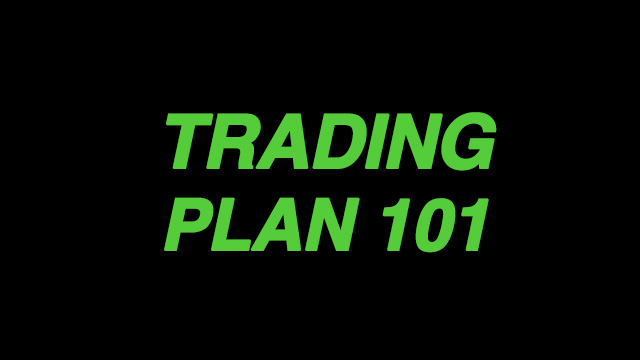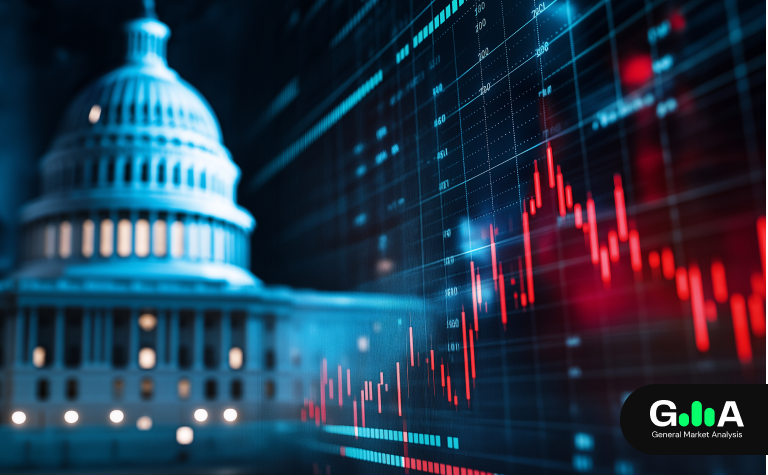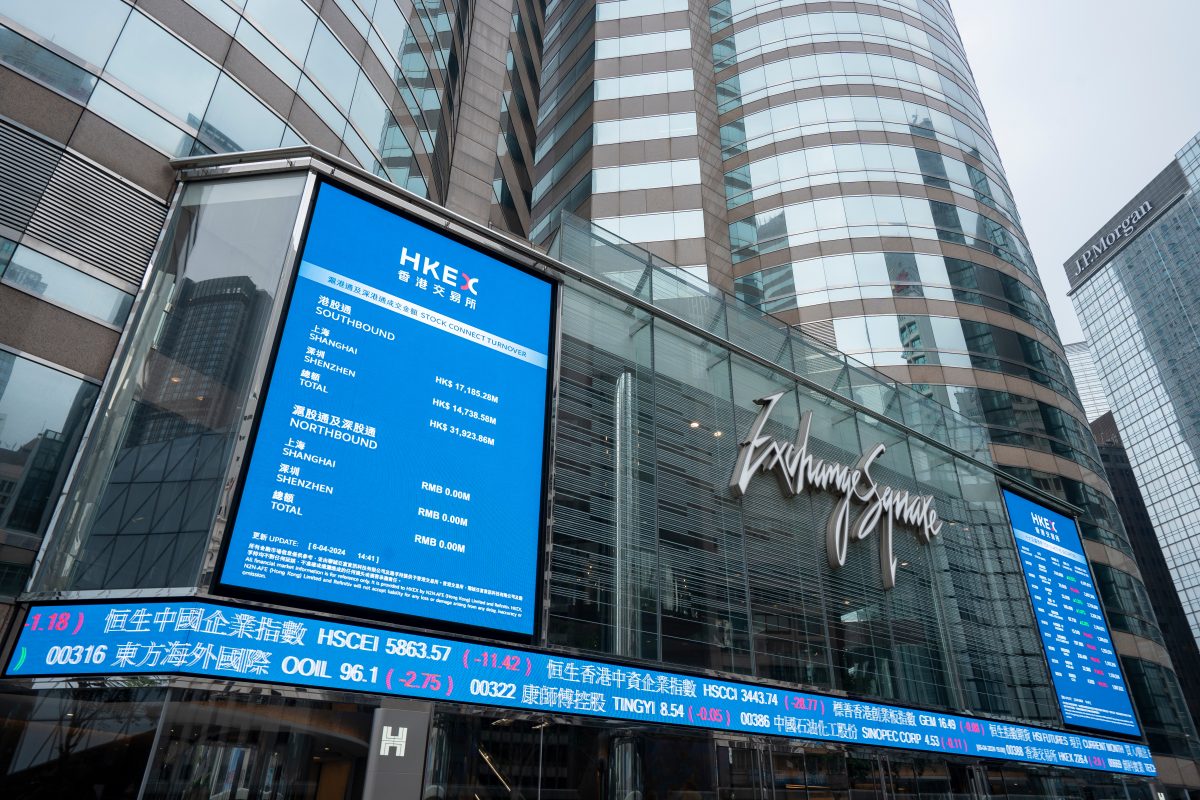Mechanical forex trading involves having a set of technical indicators generating entry and exit signals based on pre-determined rules. This kind of trading approach is used to automate trade execution and can often be implemented right on the trading platform as a forex expert advisor or algorithm.
This kind of trading style appeals to many, as it can eliminate the interference of human emotion in trading. As discussed in the trading psychology section, greed or the fear of losing can often affect decision-making and may hamper trading performance. By reducing the impact of emotions and discretion, a mechanical forex trading system can rely on pure price action and technical signals.
A basic mechanical forex trading system can contain a combination of a leading and lagging forex indicator, wherein the former acts as an early notification of a pending trade signal while the latter gives confirmation. Before creating a mechanical trading system of your own, it is imperative to determine what kind of trading style you are comfortable with so that you can also figure out which time frame you will use for your mechanical trading system.
Entry rules can involve having these technical indicators conform to certain patterns, such as a crossover coinciding with a move out of the overbought or oversold area. To be more specific, a mechanical trader can specify when the trade will be executed, such as the open of the next hourly candle or a break below previous highs.
Exit rules specify the stop losses, profit targets, or conditions for closing a trade early. Stops and targets can be a specified number of pips or it can also be based on a dynamic amount, such as the average true range of the pair or a certain percentage of price action. Early exit rules can be based on new valid trade signals or an additional technical indicator that may signal if price is about to turn.
Of course, risk management rules are an essential component of a mechanical trading system. Not only does this involve proper position size calculation or the use of a limited risk per trade, but it can also involve rules such as not opening trades during top-tier economic events or closing trades early prior to major economic releases.
Before applying a mechanical forex trading system on a live account, it is important to run back tests on the system to gauge its profitability. While past profits don’t guarantee future results, these tests could allow the user to identify whether adjustments need to be made or if rules need to be revised.
Some traders even opt to run a few forward tests on a demo trading account in order to get a better feel of how the system works in live trading conditions. This can also allow the trader to determine if the trading platform is able to execute the trades properly. This is particularly important if you are using a forex expert advisor that automatically executes trades on your account.
It is also an option to simply purchase an expert advisor instead of having to develop one on your own. Bear in mind though that you should do your research on the system and not base your decision solely on the profits that the owner claims that the system was able to generate.





